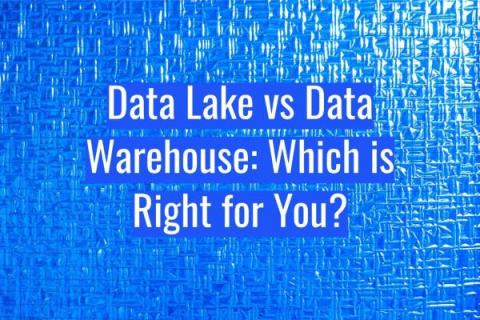Operations | Monitoring | ITSM | DevOps | Cloud
ChaosSearch
Cloud Imperium Games moves ELK stack with ChaosSearch.
3 Ways FinTechs Can Improve Cloud Observability at Scale
Financial technology (FinTech) companies today are shaping how consumers will save, spend, invest, and borrow in the economy of the future. But with that innovation comes a critical need for scalable cloud observability solutions that can support FinTech application performance, security, and compliance objectives through periods of exponential customer growth. In this blog, we explore why cloud observability is becoming increasingly vital for FinTech companies and three ways that FinTechs can improve cloud observability at scale.
How to Reduce Continuous Monitoring Costs
ChaosSearch named in Gartner's Cool Vendor Report
5 AWS Logging Tips and Best Practices
The Ultimate Guide to ELK Log Analysis
Data Lake vs Data Warehouse
Serverless Elasticsearch: Is ELK or OpenSearch Serverless Architecture Effective?
Here's the question of the hour. Can you use serverless Elasticsearch or OpenSearch effectively at scale, while keeping your budget in check? The biggest historical pain points around Elasticsearch and OpenSearch are their management complexity and costs. Despite announcements from both Elasticsearch and OpenSearch around serverless capabilities, these challenges remain. Both of these tools are not truly serverless, let alone stateless, hiding their underlying complexity and passing along higher management costs to the customer.











